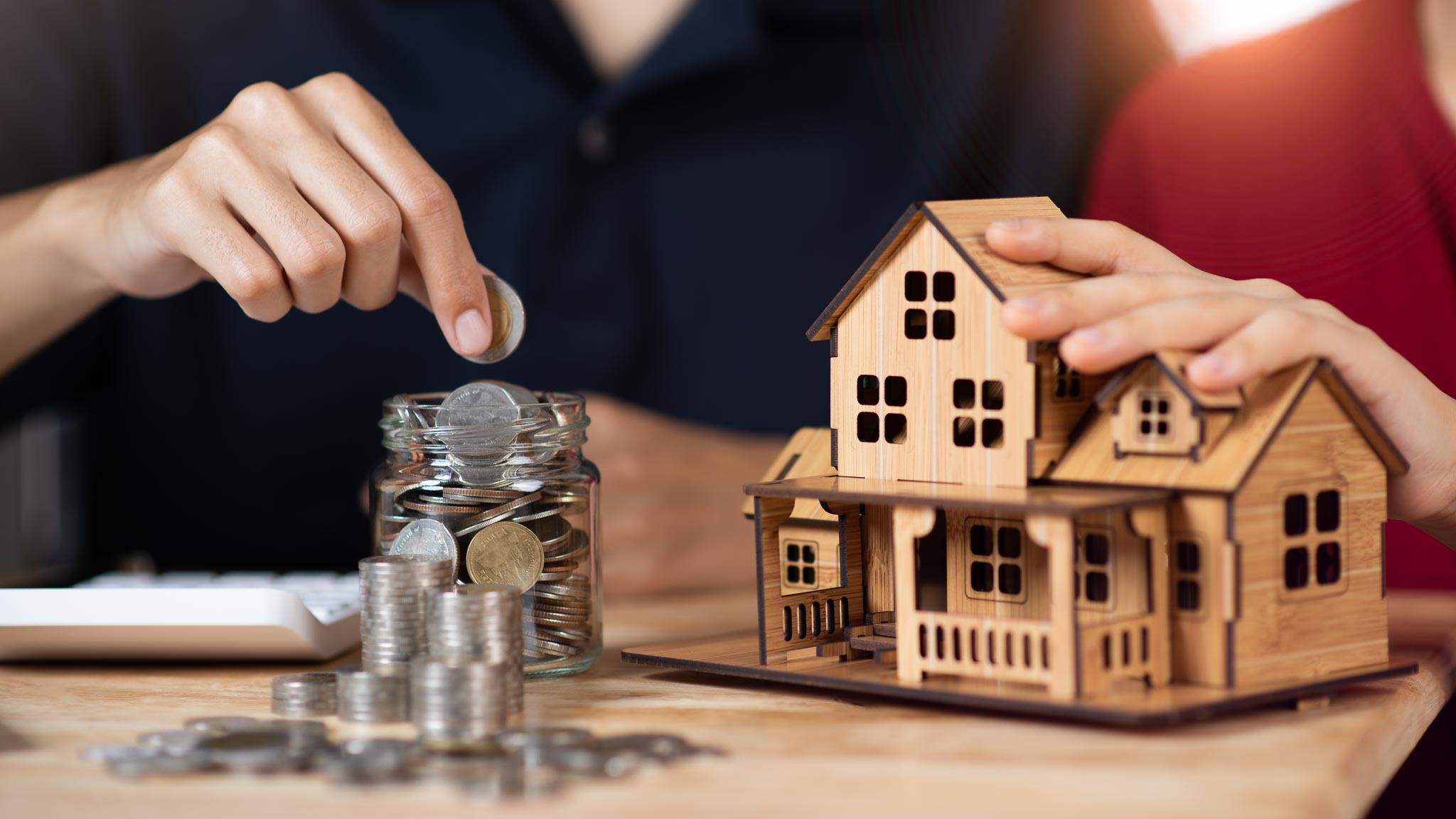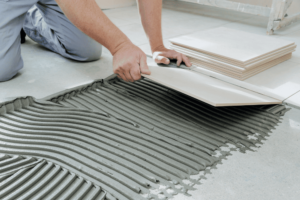Learn how to implement renovations that maximise returns, from kitchen makeovers to energy-efficient upgrades.
Understanding Property Value
Property value is a critical concept that both homeowners and investors must grasp to make informed decisions regarding real estate. At its core, property value is the worth of a property determined by various factors, including location, market trends, and structural integrity. Understanding these aspects can significantly influence the strategic renovations that can be applied to enhance property value.
One of the most significant factors affecting property value is location. Properties situated in desirable neighborhoods with access to amenities such as schools, parks, and public transportation generally command higher prices. Investors often prioritize places with growth potential, emerging infrastructures, and community facilities, as these attributes can lead to increased demand and appreciation over time.
Market trends also play a pivotal role in determining property value. Local real estate markets can fluctuate based on economic conditions, interest rates, and buyer sentiment. Keeping abreast of these trends helps property owners anticipate changes and make renovations that align with market demands. For example, in a competitive market with high buyer interest, investing in modern kitchen upgrades or energy-efficient features can yield substantial returns.
Another critical factor is structural integrity. The condition of a property influences its valuation significantly. Renovations, when executed properly, can improve structural aspects such as roofing, plumbing, and electrical systems. Addressing these elements not only enhances safety but also prevents further deterioration, thereby preserving property value over time. Homeowners should prioritize renovations that rectify structural issues before considering aesthetic upgrades, ensuring a solid foundation for future improvements.
Ultimately, property value is a multifaceted concept shaped by external and internal influences. Understanding these factors empowers homeowners and investors to make strategic renovations that align with their goals, maximizing the potential return on investment while enhancing the overall desirability of the property.
Identifying Key Renovation Areas
When it comes to maximizing property value, homeowners and investors should prioritize specific areas that yield the highest return on investment. Understanding which renovations offer the most significant impact is essential for making informed decisions. Typically, the areas that contribute to substantial value increases include kitchens, bathrooms, curb appeal enhancements, and efficiency upgrades.
The kitchen is often regarded as the heart of the home and serves as a focal point for potential buyers. Simple upgrades such as replacing outdated appliances, refinishing cabinets, or installing new countertops can dramatically improve the kitchen’s aesthetic and functionality. According to various studies, kitchen remodels typically offer one of the best returns on investment, often recouping up to 70-80% of the costs. Therefore, homeowners should consider budgeting for strategic upgrades that modernize the space while maintaining a cohesive design.
Bathrooms are another critical area for renovations. Upgrading fixtures, adding new tiles, or enhancing lighting can create a more inviting atmosphere, thus increasing a home’s appeal. When executed thoughtfully, bathroom remodels can recoup around 60-70% of the investment, making them a prudent choice for enhancing property value.
Curb appeal plays a vital role in attracting potential buyers as it forms the first impression of the property. Simple landscaping improvements, a fresh coat of paint on the front door, or updated siding can enhance a home’s exterior, making it more inviting. Cost-effective upgrades in this area often lead to quicker sales and may increase the property’s initial value by several percentage points.
Finally, focusing on energy efficiency upgrades, such as double-glazed windows, proper insulation, or energy-efficient appliances, not only aligns with modern buyer expectations but can also lead to cost savings over time. In conclusion, homeowners and investors should strategically focus their renovation efforts on kitchens, bathrooms, curb appeal, and energy efficiency to maximize property value while considering cost versus potential return on investment.
Budgeting for Renovations
When planning renovations, a well-structured budget is crucial for homeowners and investors alike. Establishing a realistic budget requires careful consideration of various factors, including the scope of work and the anticipated outcomes. Start by assessing the current state of the property and determining which areas require attention. This analysis will guide you in deciding where to allocate your resources effectively, preventing overspending in uncritical areas.
Next, it is essential to source materials wisely. Prices for construction materials can vary significantly; therefore, exploring multiple suppliers can yield considerable savings. Consider utilizing local suppliers to potentially lower shipping costs, and be sure to inquire about bulk discounts. Additionally, exploring recycled or refurbished materials can not only reduce costs but also contribute to sustainable renovation practices, enhancing the property’s marketability.
Finding reliable contractors is another vital component of your renovation budget. Invest time in researching potential candidates through reviews, referrals, and previous work portfolios. Requesting multiple quotes can provide a clearer picture of market rates and help in negotiating terms. It is advisable to ensure that the contractors are licensed and insured, which protects you from unforeseen liabilities during the renovation process.
Furthermore, obtaining return on investment (ROI) projections is instrumental in justifying expenditure. It is crucial to prioritize renovations that are not only aesthetically pleasing but also provide measurable increases in property value. Conducting thorough research into local real estate trends can guide you in making informed decisions regarding which renovations yield the best ROI. Ultimately, a comprehensive budget, combined with strategic planning, will position homeowners and investors to maximize property value effectively.
Best Practices for Implementing Renovations
When it comes to maximizing property value, implementing strategic renovations necessitates careful planning and execution. One of the first best practices is to determine the right timing for your renovations. Consider external factors such as real estate market trends and the season. For instance, spring and summer are often ideal due to favorable weather conditions that allow for outdoor work, while off-peak seasons might offer better pricing for contractors. Understanding these nuances can significantly enhance the success of your renovation project.
Effective project management is another critical aspect of home renovations. Homeowners and investors should establish a clear timeline and budget before commencing any project. Utilizing project management tools or hiring a professional can streamline the process, ensuring that renovations stay on track and within budget. Regular updates and communication with contractors can prevent misunderstandings and delays, maintaining the momentum necessary for a successful overhaul.
Maintaining property value during renovations is also crucial. It is vital to ensure that the upgrades align with the worth of the property and the surrounding neighborhood. Over-improving a home can detract from value if it goes beyond what is typical in the area. To avoid this pitfall, conduct thorough market research to determine which renovations will yield the highest return on investment.
Compliance with local regulations and permits cannot be overlooked. Before starting any project, verify the necessary permits and zoning requirements with local authorities. This not only safeguards investors and homeowners from potential legal issues but also ensures that the renovations meet safety standards. Engaging with licensed contractors who are familiar with local compliance can alleviate much of this burden.
To keep the renovation process smooth and efficient, consider implementing a scope of work document detailing the tasks to be undertaken. This clarity minimizes confusion and encourages accountability among all parties involved in the project. Following these best practices will ultimately lead to a successful renovation experience, ensuring that the property reaches its fullest potential.




